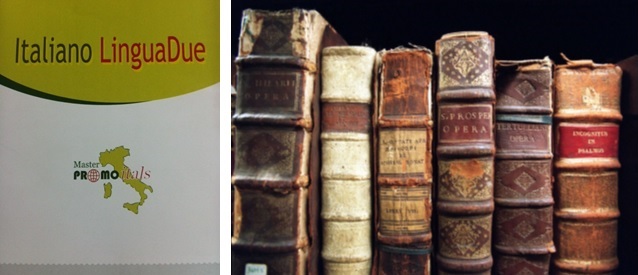VERSANTI DELL’ITALIANO DEL "VOCABOLARIO MILANESE-ITALIANO" DI FRANCESCO CHERUBINI (SECONDA EDIZIONE)
DOI:
https://doi.org/10.13130/2037-3597/7569Abstract
Il saggio vuole illustrare l’idea di italiano che sta alla base del Vocabolario milanese-italiano di Francesco Cherubini nella sua seconda edizione, l’operare lessicografico del suo autore e la sua pratica scrittoria. Presa brevemente in considerazione l’Introduzione e tenendo presenti anche alcune indicazioni metodologiche rilevanti che vi compaiono, si passa dapprima all’esame del vocabolario considerando la vastità e la qualità degli spogli, il rapporto col «parlar di Toscana» e col «favellar comune alla pluralità delle genti d’Italia», le caratteristiche dello sforzo definitorio. Ci si sofferma quindi sui modi della scrittura dell’autore, esemplificando partitamente dall’Introduzione e, all’interno del vocabolario, dalle parti discorsive e dal settore della definizione. Si documenta l’intreccio tra un’educazione alla tradizione – che prevede anche punte di arcaismo – e, nel lessico, probabili neoformazioni, l’attenzione grande al tecnicismo, il filtrare inevitabile di qualche pur deprecato lombardismo: in un’impresa ardita, nel confronto onesto e difficilissimo con un italiano ancora in parte inesistente, lacunoso e incostante.
Aspects of Italian in Francesco Cherubini’s “Vocabolario milanese-italiano” (second edition)
The paper illustrates the idea of Italian underlying Francesco Cherubini’s Milanese-Italian dictionary (second edition), his lexicographic procedure and his writing practice After briefly considering the Introduction and some relevant methodological instructions, we examine the dictionary and consider the breadth and quality of the linguistic scrutiny of Italian literature, the relationship with “Tuscan speech” and with common language of the many peoples of Italy” and the characteristics in the definitions for each entry. Subsequently the author’s style is discussed, taking examples from the Introduction and, in the dictionary, from discursive texts including definitions of entries. We point out the interplay between traditional education – including archaism at times – and new formations in the dictionary, with greater attention on technicality, the filtering of some unavoidable, deprecated Lombardisms. His was a bold undertaking- honest and difficult comparison with an Italian that was still partially non-existent, incomplete and inconsistent.




